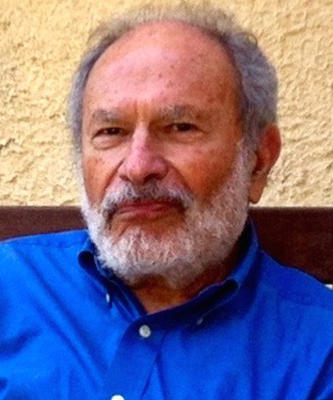
The class of 1960 was one of the “small ones”—we started with 14 and 11 of us graduated. As a result, we were fully mixed with our medical colleagues; identical curriculum—except for obstetrics, when we had oral microbiology at the Forsyth. Many of us have remained in close contact with our medical colleagues.
Our class was—and still is—cohesive. We shared many good times together. The first date with my wife was the second year show and she was an occasional visitor to Vanderbilt Hall—of course following all the “parietal rules.” There was one “ritual” that we observed. Most of us became 21, the legal drinking age at that time, while students. We would take an excursion on the MTA to Scollay Square; take in burlesque at the “Old Howard” and then to “Jack’s Lighthouse” for a beer. When our first classmate, Bob Fasciano, met an untimely death, we mourned him personally and in proxy.
Our educational experience was unique. Unlike our colleagues at Tufts, we had the assistance of a laboratory technician. Paul Petrella gave us advice and criticism—when not busy trimming his mustache. Those of us taking New York State Boards had to learn how to place gold foil restorations. Earl Thompson was there to teach us this “valuable skill.” He was known for his ability to place very difficult restorations and would typically request, “Give me an instrument, any instrument.” Some of us decided to challenge his skill. When I had difficulty getting a retention point for a class 3 gold foil, Dr. Thompson responded to my request for assistance and I took out a tire iron that I had secluded in my instrument cabinet. He declined that “instrument” in a good-natured manner. The Friday afternoon patients from his practice, were always available to fill in cancellations—and set an example for compassionate practice.
Due to the size of dental classes in our era, we were not exposed to a variety of practice modalities. However, our faculty was always open to discussion. One evening, the “Three G’s” of periodontology, our own Dr. Paul Goldhaber, Tufts’ Dr. Irving Glickman, and Dr. Henry Goldman, then of Beth Israel-Pennsylvania, later to found Boston University, conducted a symposium in the Vanderbilt Hall Faculty Dining Room. This was an excellent introduction to a spectrum of approaches to then contemporary periodontal practice. It also was our first exposure to continuing education; now an important facet of our profession.
Most of our class had some post-doctoral experience, either in a specialty or general practice. I believe I am the only one who had a career in full time academic dentistry. Many of my colleagues did part time teaching to help the next generation of dentists in their careers.
Our class has been loyal to our alma mater. In the 55th reunion campaign, we exceeded the goal to have our names engraved on the HSDM honor wall.
